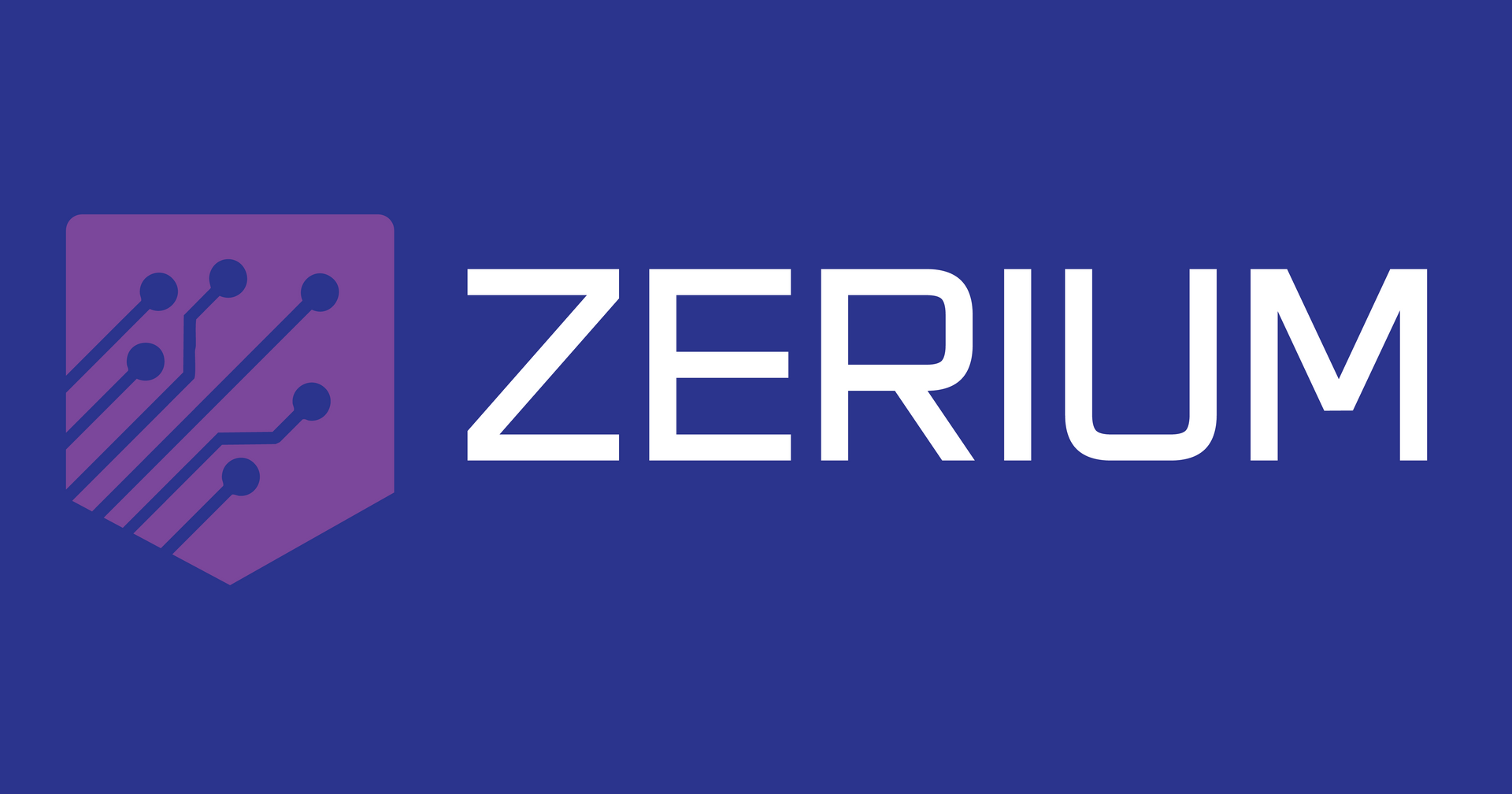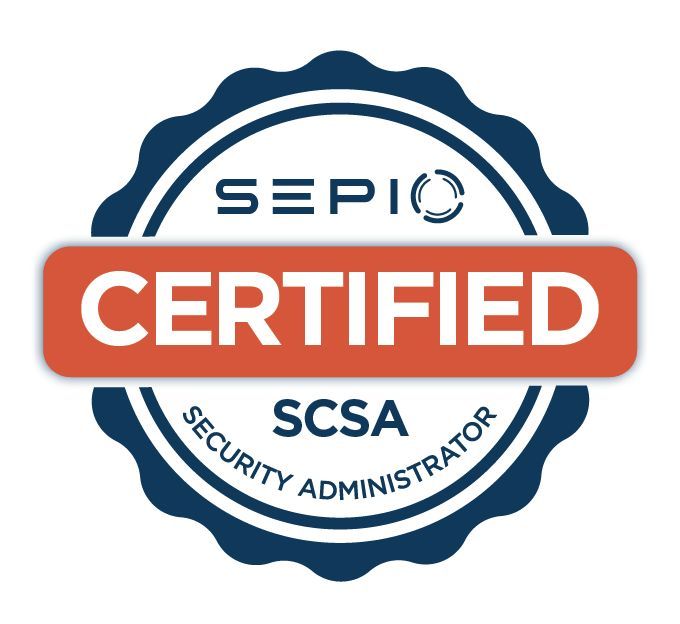The New Reality for MSSPs Managed Security Service Providers (MSSPs) operate at the frontline of enterprise defence—offering threat monitoring, incident response, and managed detection across increasingly complex client environments. As security threats grow more diverse and regulations become more demanding, MSSPs are under pressure to not only protect their clients but to prove the depth and completeness of that protection.
Today, many MSSPs deliver robust software-based security—through SIEM platforms, XDR, firewalls, vulnerability scanning, and threat intelligence. But a growing challenge remains outside this stack: the hardware layer.
Spoofed peripherals, rogue USBs, unapproved contractor devices, and tampered hardware are entering client environments undetected. These threats sit below the network level, beyond the reach of most EDR, NAC, and anti-malware tools. For MSSPs seeking to differentiate and reduce client risk, hardware-based visibility is no longer optional—it’s a competitive advantage.
The Device Blind Spot
Security teams and MSSPs alike often operate with an incomplete picture of their client’s actual asset landscape. While software and network inventories may look complete, they don’t always reflect what’s truly connected. Shadow IT, unmanaged endpoints, and malicious hardware can appear legitimate at the software level—and therefore go unnoticed by traditional security tooling.
The result is a growing number of breaches that originate from physical-layer access: malware-laden USB sticks left in conference rooms, tampered cables that siphon data, or hardware implants delivered via third-party contractors. These risks are especially prominent in industries with decentralised operations—healthcare, manufacturing, finance, critical infrastructure—where devices come and go frequently and centralised control is difficult.
Sepio: Solving the Physical-Layer Problem for MSSPs
Sepio’s Asset Risk Management (ARM) platform is the first solution designed to address these hardware-layer risks in a scalable, MSSP-friendly way. Rather than relying on declared device identities (like IP addresses or agent data), Sepio detects and verifies connected hardware using its Asset DNA—a set of unique physical and electrical characteristics.
This approach allows MSSPs to offer clients something their existing stack can’t: real-time insight into what’s actually connected—down to the port level—and the ability to respond instantly to unauthorised or rogue devices.
Because Sepio is completely agentless, passive, and vendor-agnostic, it integrates easily into a multi-tenant MSSP environment. It doesn’t compete with existing EDR or NAC solutions—it strengthens them.
A Strategic Advantage for Service Providers
For MSSPs, adding Sepio to their portfolio offers multiple benefits.
First, it creates a new line of service: hardware visibility and asset risk management. This allows providers to position themselves as more than just incident responders—they become proactive partners in infrastructure assurance and compliance readiness.
Second, it reduces risk exposure. By eliminating blind spots in the hardware layer, MSSPs can prevent breaches before they occur, improving client satisfaction and reducing support burden.
Third, Sepio supports regulatory alignment. MSSPs serving clients in finance, healthcare, and government can use Sepio to help those clients meet asset inventory, access control, and anomaly detection requirements across frameworks like CIS, NIST, ISO 27001, and GDPR.
Finally, Sepio enhances operational efficiency. Its lightweight, non-intrusive architecture reduces deployment time, minimises false positives, and supports automated reporting—perfect for MSSPs managing large client estates with lean teams.
Flexible Integration for MSSP Workflows
Sepio is designed with service delivery in mind. It can be offered as a standalone value-add or integrated into a broader managed detection and response (MDR) or security-as-a-service offering.
Its API-based architecture allows it to feed directly into SIEM, SOAR, and ticketing systems. This means MSSPs can monitor and respond to device-level anomalies through the same dashboards they already use—ensuring minimal overhead and maximum client visibility.
Whether you're offering continuous monitoring, compliance audits, or incident forensics, Sepio’s hardware-level insights can power new reports, visualisations, and threat intelligence streams—without reinventing your operating model.
Delivering What Clients Now Expect: Full-Spectrum Visibility
Clients today are asking deeper questions about their cyber posture. They want to know if you can protect them from insider threats, supply chain compromise, and zero-day hardware exploits. With Sepio, MSSPs can confidently say yes.
It’s not just about adding another tool to your stack—it’s about offering clarity where there was previously uncertainty. Sepio closes the final visibility gap, transforming assumptions about device trust into real, measurable control.
Position Your MSSP at the Forefront of Cyber Risk Management
In a crowded and commoditised MSSP market, differentiation matters. Sepio enables service providers to stand out by offering something most others can’t: proactive, hardware-layer protection that’s fast to deploy, easy to scale, and impossible to spoof.
📩 To learn how Sepio can fit into your MSSP service stack, contact info@zerium.co.uk or call +44 (0)20 8191 2191 to request a demo or partner overview.






















